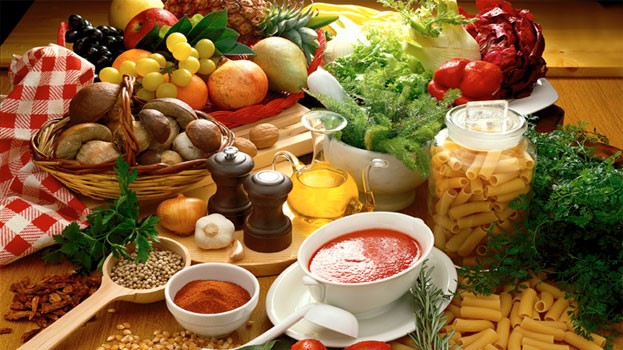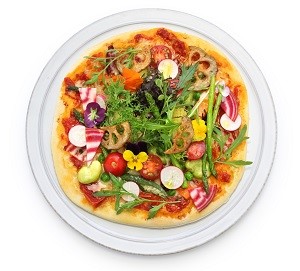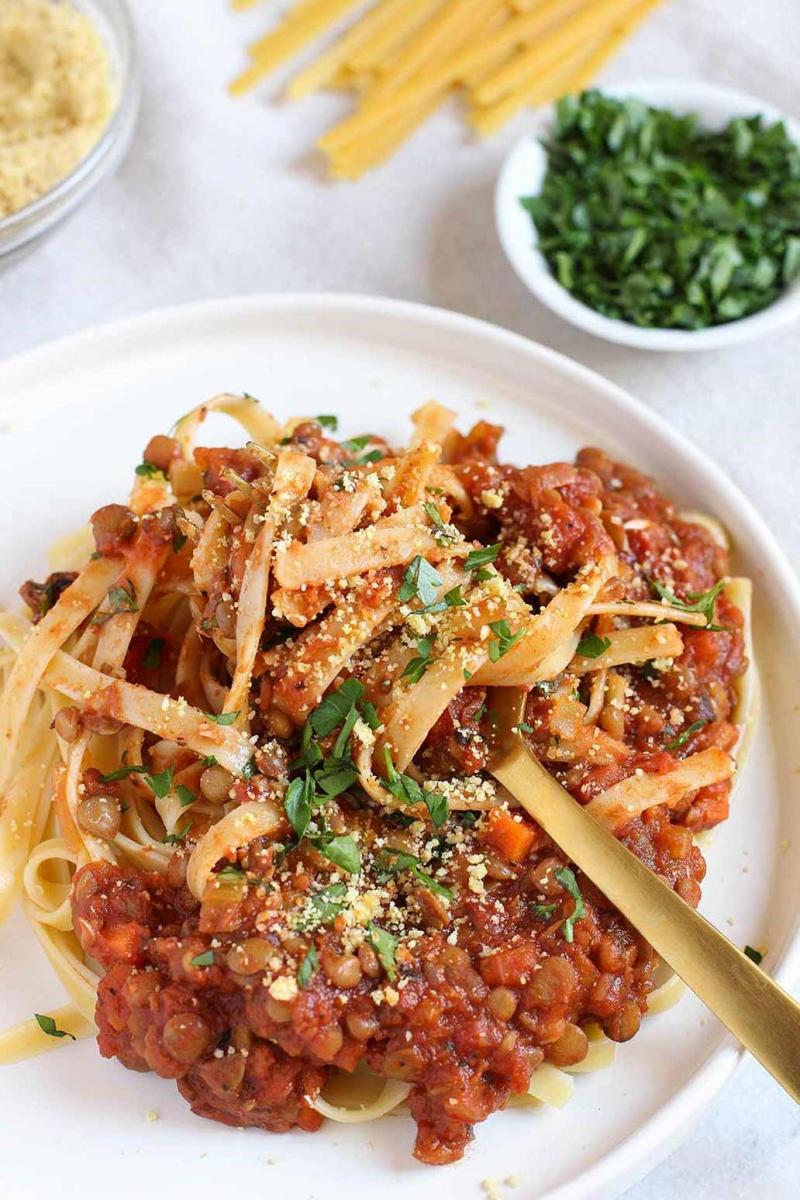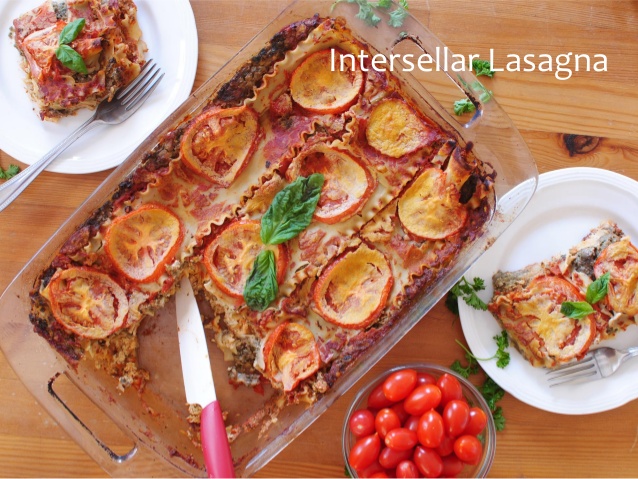Cooking plant-based is not hard. It’s as easy as incorporating new recipes, swapping out meat for beans, or changing a few habits. Any change in routine takes some concentration at first, and becomes second nature after practice, like any habit. It doesn’t take more time, effort or expense. It just takes the desire to incorporate plant-based habits into your life. You may want to start with refining one dinner recipe a week, replacing meat with beans, or adding salads and green vegetables to meals. Think of easy goals to achieve first and your success will spur you on to bigger changes. The Sustainable Diet article Plant-Based Convenience Cooking may help you get started.

Using mostly whole plant foods in food preparation and cooking instread of meat, cheese, animal-based products, and processed or refined foods, is what we mean here.There is no one way to do it, but incorporating a variety of whole foods – vegetables, legumes, whole grains and fruits – is all you need to do. Some people eat mostly uncooked foods, like salads, oats, sprouted grains, fruits, nuts, seeds and dried fruits. Others simply base their meals on whole grains such as rice, quinoa and millet, and add vegetables and beans. Some plan meals around a starchy vegetable.
Let’s start! Here are some Kitchen Basics For Plant-Based Comfort in the Kitchen covering basic kitchen tools and cooking withou oil. Figure out what will work in your life. You can choose a different base for each dinner of the week, like potatoes, rice, pasta, quinoa, yams, squash and another grain like barley, and add vegetables, sauces or toppings. Breakfast might be a oats or another porridge of grains with fruit and a plant milk of your choice, (like soy, almond or rice), a tofu Breakfast Scramble, or a hefty vegetable and fruit smoothie. You might want to choose a different ethnic cuisine to base a meal around throughout the week: Mexican beans and rice with tortillas, Italian pasta or gnocci with saucy vegetables, Japanese sushi, or Chinese stir-fry with tofu. Lunch can be a Hummus Plate, a sandwich on whole grain bread made with hummus or a spread made of beans or nuts, vegetable-barly soup or a wrap filled with vegetables, dressing and mustard. The possiblities are endless and tasty!
Here is a Sustainable Diet artilce that may help overcome a common barrier to healthy cooking: Cooking Without Oil. You can find many healthy food recipes and meal inspiration at the SD Recipes page, including: Main Dishes for lunch and dinner, Healthy soup recipes, Vegan snacks, Healthy; Vegan desserts, Healthy breakfast recipes and healthyTravel food.
For many of us it’s hard to imagine cooking without oil or added fat, but this, like any other habit, is simply a behavior and taste change that soon becomes second-nature if given a chance. Your tongue and tastebuds will get used to tasting without a film of fat arount them, and the natural taste of food will soon pop! Simply saute foods in water, broth, soy sauce or vinegars instead of oil or butter. In baking replace oil and eggs with bananas, flax meal, applesauce or tofu. Our Sustainable Oatmeal Anytime Bars uses applesauce! Here is Chef Del from The Wellness Forum demonstrating how to sauté without oil. To keep cookies from sticking, use parchment paper or silicone baking sheets, though you may find no need for them with your cookware. Ceramic-coated non-stick pots and pans do a wonderful job, but glass do just fine without a coating of oil as well.

What is a plant-based diet anyway? Does it mean vegan? Vegetarian? The semantics can be confusing. To simplify, a plant-based diet is one that centers on plant foods and avoids animal foods. That means eating grains, legumes or beans, fruits and vegetables. Anything else is minimized and excluded.There is no hard and fast rule on the ratios, but a rule-of-thumb can be a dietary pattern of under 10% animal products in the diet could count as plant-based, though the implication is that the diet strives for all plants and no animal foods. A whole food plant-based diet refines this notion to embrace plant foods intact and unrefined, avoiding processed foods that contain oils and sugars as well as refined flours and additives. The more natural foods are processed into packaged products, the more likely their nutritional value diminishes.The body recognizes whole foods in their natural state and functions best from incorporating them for energy and nourishement over animal and processed foods.
A vegan diet excludes all animal products. There are three main reasons: for the protection of the environment, compassion towards animals harmed, and for the health benefits of avoiding animal foods. A vegetarian excludes meat but usually allows for dairy products and eggs, and often termed “lacto-ovo” vegetarian. Vegans are sometimes referred to as “strict vegetarians”. Pescatarians include fish in their diet. You may be interested in Micaela’s article: Essential Tips for Plant-Eaters In a Meat-Loving World
There is no one way to go plant-based., but for those wanting to ease into the change, swapping beans for the meat in recipes is a great start. Centering on grain dishes like pilafs and porridges over meat and egg dishes is another method which adds loads of fiber and nutrients as well, or swapping veggie burgers for meat versions, and using tofu in stir-fries over chicken or beef strips. These are just a few healthy dinner ideas and easy ways to make vegan, plant-based recipes from familiar fare. For Kathy’s vegan diner recipes, click here.

A whole food plant-based diet implies including a variety of cooked and fresh, raw plant foods but does not dictate proportions or food preparation. A great balance could include raw salads with lettuces and chopped raw veggies like cucumbers, tomatoes, carrots, peppers and celery with a nut-based dressing like Peanut-Delicious Dressing and Sauce, great for a vegan pasta or salad, or a saucy stir-fry with chopped onions and garlic, kale, and colorful produce, over brown rice; or baked yams or potatoes with lentil stew. A rule-of-thumb can be to design meals around fresh produce at hand, and add whole grains, tubers and beans to fill you up. But there is no hard rule. Remember that your tastes will transform to love more and more fresh plants!
How about adding chopped veggies to that simmering pasta sauce, or using blended squash, nuts or seeds for a cheesy sauce? Also health promoting is to upgrade vegan recipes to whole food ones, like the The SD Basic Burger. or Mock Tuna Salad. Vegan diets often include junk foods that add extra calories from isolated ingredients and don’t promote health, like muffins and other baked goods made from refined flour, chips, and ready-made foods with oils, salt, sugar and additives.
Using plant milks like soy or almond instead of dairy is a step towards making a vegetarian diet healthy, particularly breakfast! Discovering nutritional yeast flakes can lend itself to parmesan, and using flax meal instead of eggs in baking can upgrade family favorites into healthy dishes. Nuts provide a creamy base for dressings and sauces, as well as beans. You can find flavored, cooked tofu in the refridgerated section of your grocery story, as well as sprouted and whole-grain breads, hummus, veggie burgers and more healthy convenience foods, but make sure to read labels and find the brands without added oil.The world of whole-food convenience foods keeps getting better and more common.

We have shared our favorite healthy recipes with you on the Sustainable Diet Recipes page, some are recipes for nostalgia like Kathy’s Macaroni and “Cheese” Casserole, filling entrees with an ethnic flair including Chickpea Curry, or just plain vegan comfort foods including Pasta Primavera and Rice Lentil Pilaf for healthy dinner ideas. You will find more whole vegan food, healthy dinner recipes, ideas for vegetarian meals to suggest to others, and just plain vegetable recipes on the to add more healthy foods into your diet.
Oh yes! How about oatmeal raisin cookies from Straightup Food? These are down-right good for you. Further, eating a treat once-in-awhile does not impact overall health, as long as it’s not a habit. It is important to strive for a whole food, plant-based diet, which means that most of your diet concists of whole, unprocessed plants. This by definition avoids hightly processed foods including chips, pastries, additives and isolated ingredients like added fats including oils and margarine, sugar and artificial sweeteners, isolated protein, and chemical additives. If meals and snacks made up of whole plant foods is your norm, than avoiding these refined ingredients as well as animal foods becomes easy. When we have that cookie as well as birthday cake, chips and cheese in a week, it adds up quickly. But yes! We have delicious vegan cookies right here.

We’ve got one! Micaela’s Interstellar Lasagna, the tastiest yet easiest lasagna recipe around!
Don’t! Here’s Kathy’s Macaroni and “Cheese” Casserole, which can be straighup mac & cheese without baking.
There are many whole plant convenience foods on the grocery shelves nowadays, like pre-chopped veggetables in the produce section, tomato sauces with no added oil or sugar, and frozen, cooked brown rice. Check out our article on Plant-Based Convenience Cooking for easy, healthy recipes and quick and convenient ideas. Eating well can be as conventient as using up whatever you have in the fridge, like our Whatever Works Stir-Fry recipe ,or simply baking a potato. Keeping cans of beans, jars of salsas and tomato products, along with some staples in the pantry including noodles allows for quick and convenient meals at home. Many hearty vegetables have long shelf and refridgerator lives allowing you to stock up and have them on-hand for weeks at a time, including carrots, celery, and other root vegetables including potatoes and yams. A little planning once a week or once a month will help plan for healthy, convenient meals. Are these convenience foods on your shopping list?
Many people have the misconception that a plant-based diet is complicated and hard to adopt, but this is a myth. It’s simply a new habit to incoorporate. Cooking healthy dinners is as easy or compex as cooking itself. It’s not the plants that make it hard, but the change of behavior. Further, cooking without added fats and sugars simplifies preparation and makes whole plant foods the star of the show. Getting help with chopping and prep, from grocery store selections or from kids at home, can make dinner convenient!
Micaela's Lighter Profile to get recipes and personalized meal plans.
Ligher is an online tool to help you and the world eat better.